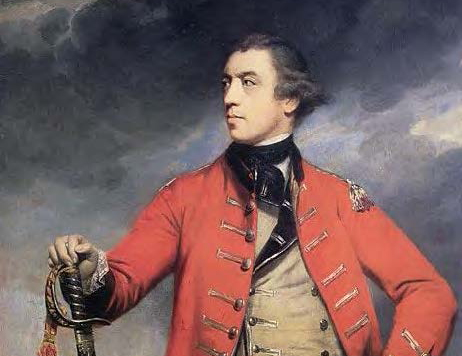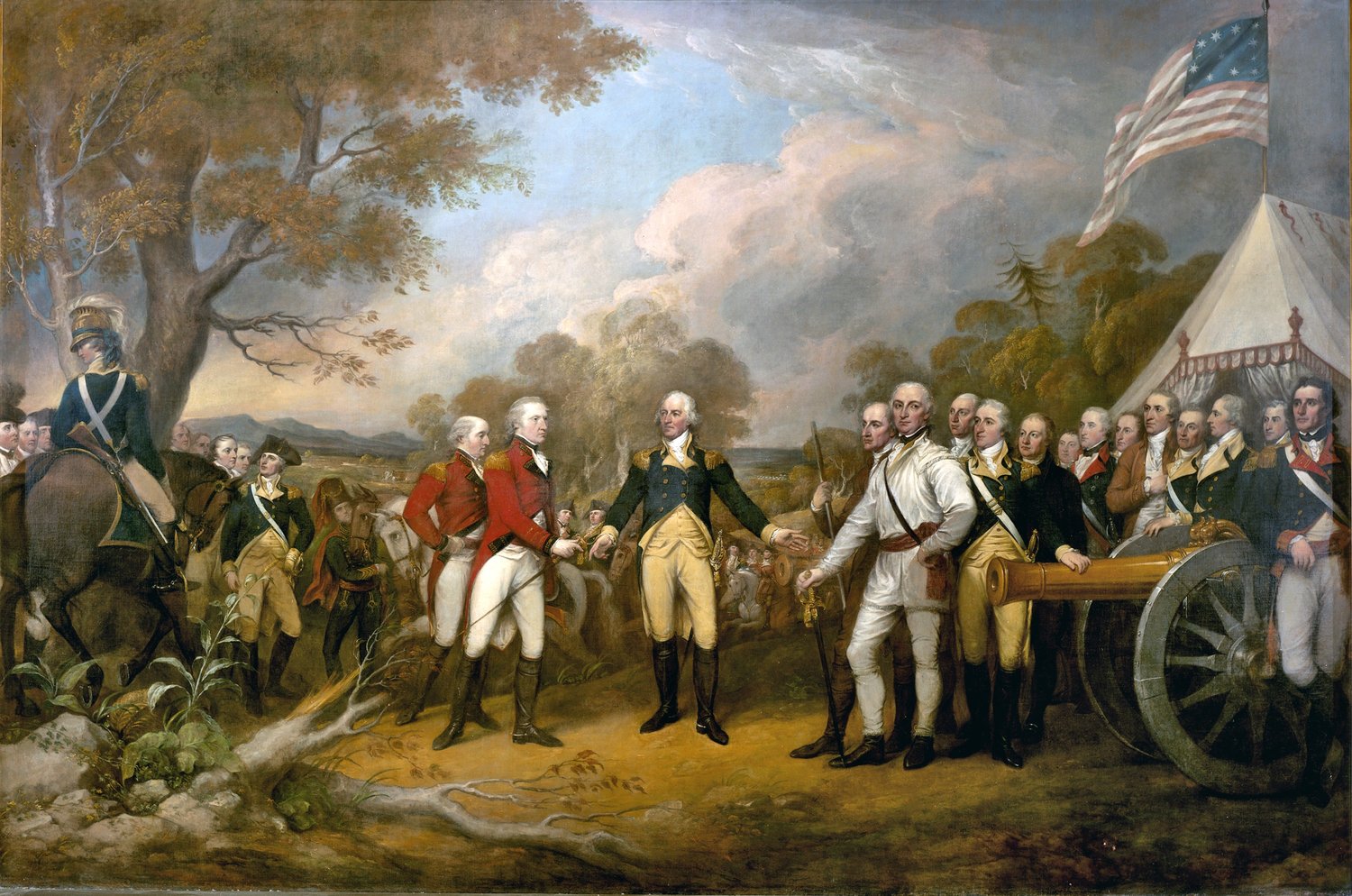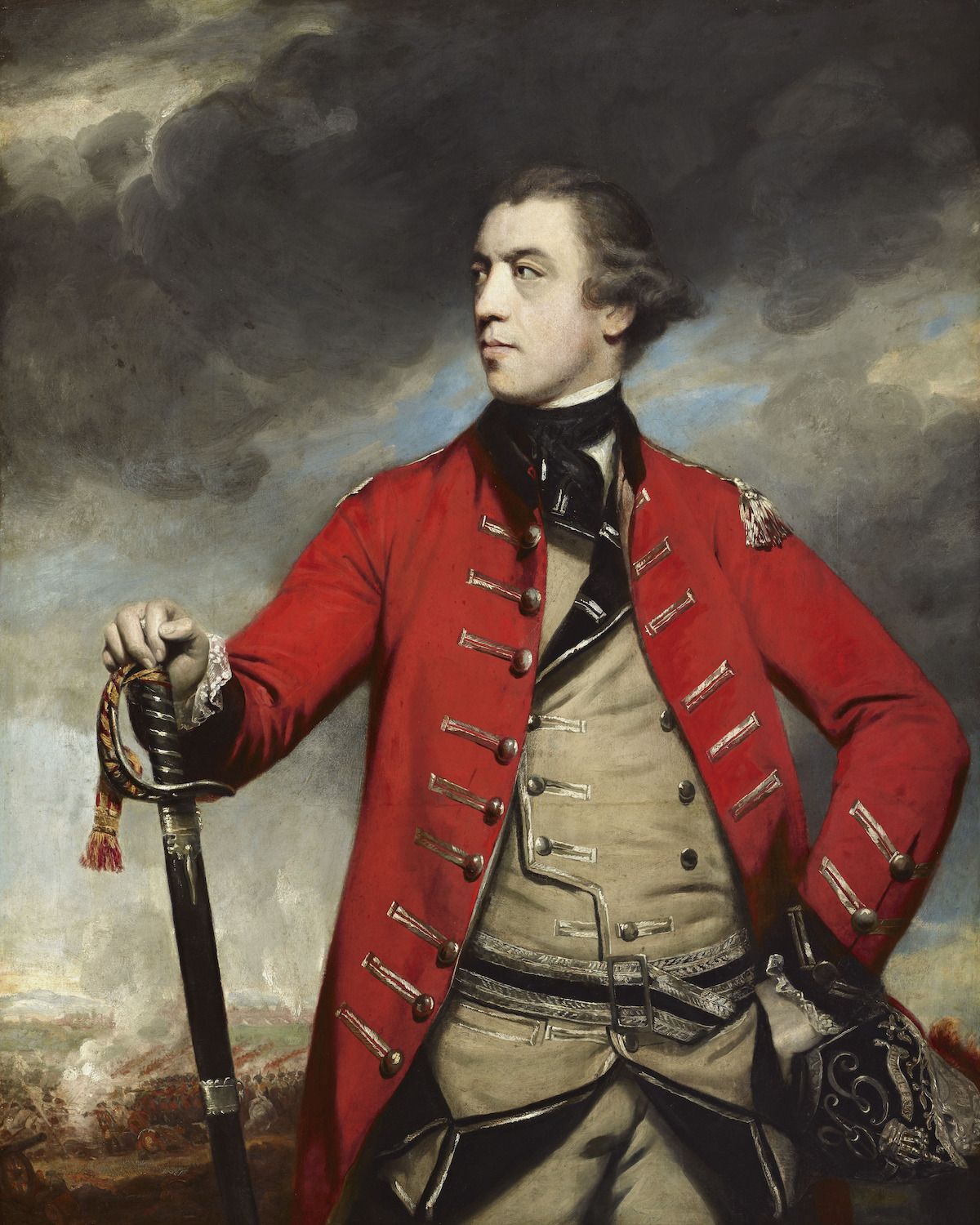Don’t the soldiers who served and sacrificed in the Battles of Bennington and Saratoga deserve to be recognized? These heroes demonstrated remarkable courage during this pivotal moment in history as they answered the call when their nation needed them most. Countless patriots served and sacrificed on the hallowed ground above the Upper Hudson River in the early autumn of 1777. Shouldn’t this incredible victory be brought to the widest possible audience? Shouldn’t their stories be known?
THE STORY
They did their part… Now, we must do ours.
Don’t the soldiers who served and sacrificed at Saratoga deserve to be recognized and remembered? These heroes demonstrated remarkable courage during this pivotal moment in history as they answered the call when their nation needed them most. Countless patriots served and sacrificed on the hallowed ground above the Upper Hudson River in the early autumn of 1777. Shouldn’t this incredible victory be brought to the widest possible audience? Shouldn’t their stories be known?
Saratoga is one of the most important victories in both western civilization and world history.
In 1777, the American Revolution was on the brink of collapse. The British had delivered crushing defeats to the American Army at Quebec and Long Island that left them in control of Canada to the North and New York City to the South. They devised a complex plan to help end the rebellion once and for all which called for the British army to seize control of the entirety of the State of New York.
In the early autumn of 1777, during one of the darkest hours of the war, 11,000 plus citizen soldiers answered the call and streamed in from the “four corners” to fortify the outmatched American Army that was dug in at Bemus Heights, in an urgent effort to stop General John Burgoyne’s determined advance to Albany. For the first time, the mightiest army in the world had surrendered to the newest. Ceremoniously, British General John Burgoyne was forced to hand over his sword to American General Horatio Gates.
Saratoga ultimately became the war’s turning point as it enabled Benjamin Franklin to forge a desperately needed alliance with the French.
THE STORY
Timeline of Events
The Turning Point of the Revolution

February – March 1777
Gen. John Burgoyne submits his battle plans, which are ultimately approved on March 2, 1777.

May 1777
Gen. John Burgoyne arrives in Canada with British reinforcements.

June 30, 1777
British forces appear near Fort Ticonderoga.

July 5, 1777
American forces evacuate peacefully, and the British take control of the fort.

August 1777
Burgoyne attempts to raid the supply depot in Bennington, Vermont and the British are ultimately defeated.

September 19, 1777
Burgoyne divides his army, numbering about 7,500, into three columns to probe American defenses at Freeman’s Farm.
The British sustains heavy casualties, losing twice as many soldiers as the Americans. While the British remain stuck, the American army is replenished and grows to 13,000 strong.

October 7, 1777
Burgoyne sends a reconnaissance force to attack Americans at Bemis Heights, but the patriots get wind of the plan and force the British to withdraw to their well-defended Balcarres Redoubt.

October 8, 1777
Burgoyne retreats and the British army attempts to escape north, but a cold, hard rain forces them to stop and encamp near the town of Saratoga. Hungry, weary, and out of options, they dig in and prepare to defend themselves.

October 13, 1777
The Americans have the British surrounded.

October 17, 1777
After negotiations, Burgoyne’s army surrenders.
The American defeat of the British army lifted patriot morale, furthered the hope for independence, and helped to secure the foreign support needed to win the war.
Historical Background
The victories at Bennington and Saratoga rescued a revolution that was on the verge of collapse.
Without these stirring triumphs – that occurred in the late summer and early autumn of 1777 – America’s “great experiment” in self-government would not have happened and world history would have taken a very different course.
Did You Know That Saratoga…
-
was the first truly strategic American victory of the war?
-
was the first time an American army possessed overwhelming numerical superiority over the enemy?
-
saved an imperiled revolution when the nation’s two largest cities – New York and Philadelphia – were under occupation?
-
amazingly marked the first that a British army surrendered in history?
-
ultimately became the war’s turning point as it enabled Benjamin Franklin to forge a desperately needed alliance with the French crown?
-
very consequentially made the colonial conflict a world war?
-
changed the young nation’s destiny in its struggle against the tyranny of the world’s most powerful empire?
-
prompted America to observe its first national day of solemn thanksgiving and praise – to almighty God – for this providential victory?
-
was a time when the American army was surprisingly integrated and included 400 African Americans and was supported by native Americans from the Oneida and Tuscarora nations – America’s first allies – as well as the Mohican, Munsee, & Wappinger tribes that comprised the Stockbridge militia from Massachusetts?
Notable Firsts
The Battles of Saratoga marked one of the darkest hours of the American War for Independence. Morale and reenlistments were very low and desertions, high. These two decisive battles, fought in the late summer and early autumn of 1777 in New York’s Upper Hudson Valley, occurred just over one year after the signing of the Declaration of Independence and the shocking fall of NYC which remained under continuous occupation until the end of the war in September 1783. Notably, the first battle of Saratoga at Freeman’s Farm occurred just a week before Philadelphia – the new nation’s capital – was captured and occupied by General William Howe, a development that caused the Continental Congress to flee into and the Liberty Bell hidden in the Pennsylvania countryside. If the American Army had been defeated at Saratoga, it is likely that the flame of liberty would have been extinguished as freedom itself hung in the balance.

I have always thought Hudson’s River the most proper part of the whole continent for opening vigorous operations. Because the course of the river, so beneficial for conveying all the bulky necessaries of an army, is precisely the route that an army ought to take for the great purposes of cutting the communications between the Southern and Northern Provinces, giving confidence to the Indians, and securing a junction with the Canadian forces.
— Gen. John Burgoyne, 1775
Join Our Mission
Our crucial mission cannot be completed without your help. Let’s do our part, together.
We are calling on America’s Patriots & Veterans to make a donation towards this worthy project which was started more than 10 years ago.